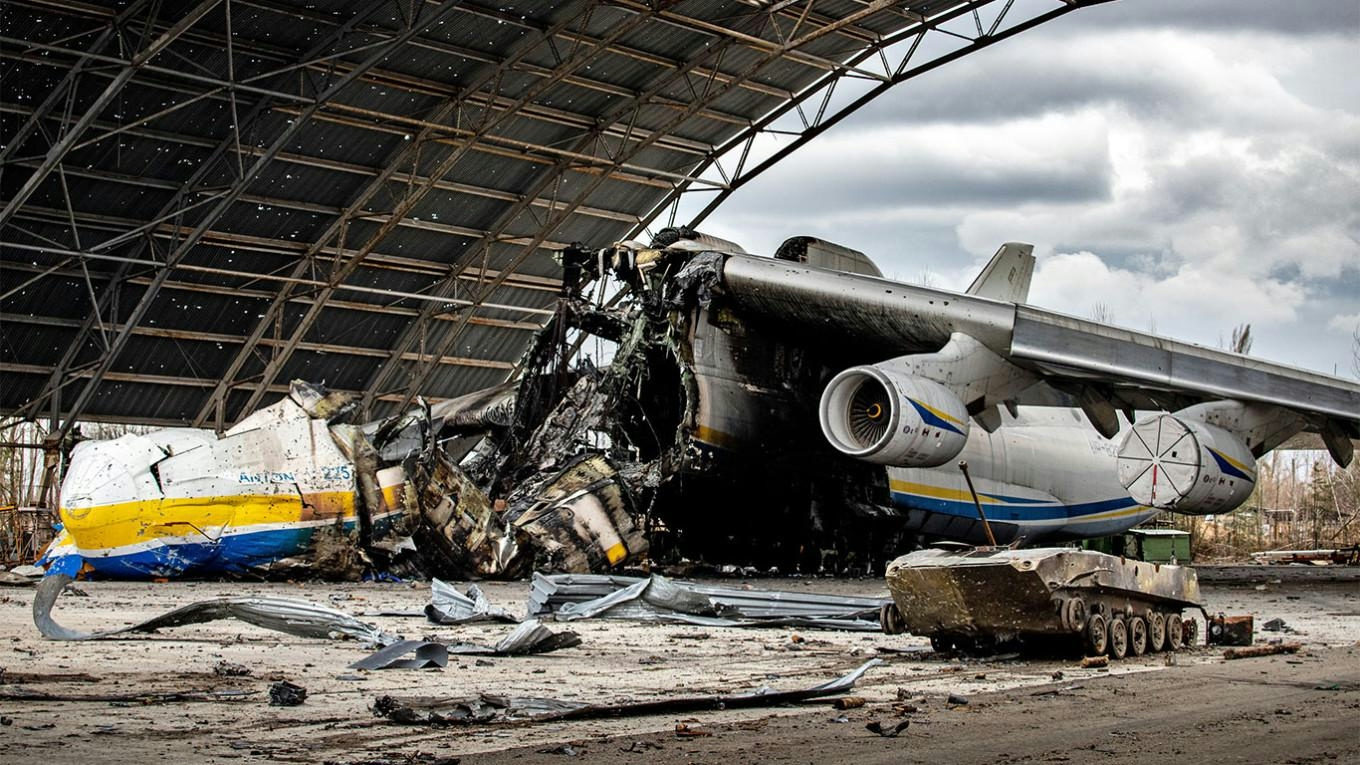
AeroGenie: Su copiloto inteligente.
Tendencias
Categories
Turkish Airlines Holds 'Connect to Türkiye' Event in Stockholm

Turkish Airlines Holds ‘Connect to Türkiye’ Event in Stockholm
Celebrating Turkish Heritage and Strategic Vision
On October 8, 2025, Turkish Airlines convened over 200 guests at Stockholm City Hall for its “Connect to Türkiye” gala, an event designed to celebrate Turkish culture and heritage within Scandinavia. The evening featured live Turkish music, a cultural exhibition, and an interactive Kahoot quiz, where participants vied for a Business Class round-trip ticket to a Turkish destination. Beyond its cultural focus, the event served as a platform for Turkish Airlines to articulate its strategic ambitions amid a rapidly evolving global aviation landscape.
A roundtable discussion with senior executives, including Chairman Prof. Ahmet Bolat, CFO Assoc. Prof. Murat Şeker, and CCO Ahmet Olmuştur, provided attendees with insights into the airline’s expansion plans and partnership strategies. The dialogue underscored Turkish Airlines’ commitment to growth and innovation while navigating complex geopolitical and market dynamics.
Strategic Investments and Fleet Expansion
Central to the discussion was Turkish Airlines’ recent minority stake acquisition in Air Europa. Prof. Bolat emphasized that this investment aims to enhance network synergy and passenger connectivity rather than to exert operational control. The partnership is expected to initially focus on expanding route networks, with future collaboration anticipated in maintenance, cargo, loyalty programs, and digital platforms. Executives acknowledged the regulatory and operational challenges inherent in cross-border investments within the European context but expressed confidence in the airline’s ability to manage these complexities, citing its strong compliance record. The ongoing restructuring of Air Europa presents Turkish Airlines with an opportunity to apply its expertise in scaling operations, maintaining profitability, and crisis management.
The airline’s broader growth strategy was also highlighted, notably its recent order for up to 75 Boeing 787 Dreamliners alongside additional 737 MAX aircraft. This substantial fleet expansion reflects Turkish Airlines’ intent to increase capacity and strengthen its global network, potentially reshaping market dynamics and intensifying competition, particularly on routes linking Scandinavia and Türkiye.
Navigating Geopolitical Challenges and Market Competition
Executives addressed the challenges posed by a volatile geopolitical environment, citing the potential resumption of flights to Israel after a two-year suspension as an example of the airline’s adaptive approach to shifting regional conditions. Such developments are closely monitored by competitors, who may respond by enhancing their own services to Türkiye or pursuing strategic expansions in other markets.
Over the past two decades, Turkish Airlines has consistently outpaced industry growth, achieving rates three times the sector average. To sustain this momentum, the airline remains open to high-impact, long-term partnerships aligned with its 2033 Strategy. Each collaboration is carefully assessed for its ability to complement Turkish Airlines’ ecosystem and deliver enduring value. This commitment was further demonstrated at the recent IATA Annual General Meeting in Delhi, where Turkish Airlines signed a Joint Business Agreement with Thai Airways, expanding its footprint in Asia.
Market Implications and Future Outlook
The “Connect to Türkiye” event is expected to stimulate interest among Scandinavian travelers in Turkish destinations, reinforcing Turkish Airlines’ growing presence in the region. This expansion is likely to prompt competitive responses, with rival carriers potentially enhancing routes or introducing new services to capture market share.
By combining cultural engagement with strategic initiatives, Turkish Airlines continues to position itself as a leading global carrier. Its focus on partnerships, fleet modernization, and market development underscores a forward-looking approach aimed at sustaining growth in an increasingly competitive industry.
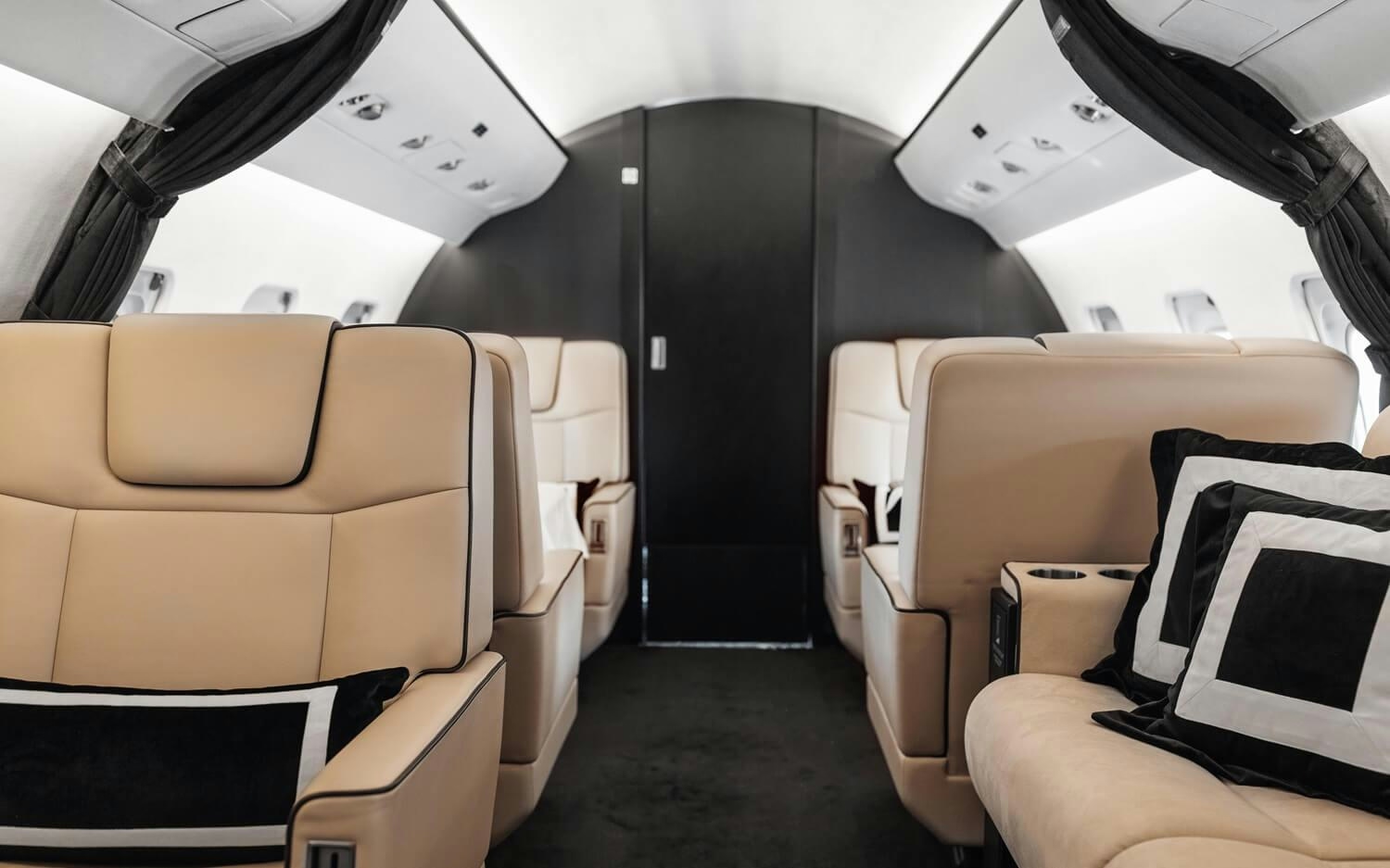
The Continued Importance of Charter Flight Cost and Time Estimators for Business Aviation
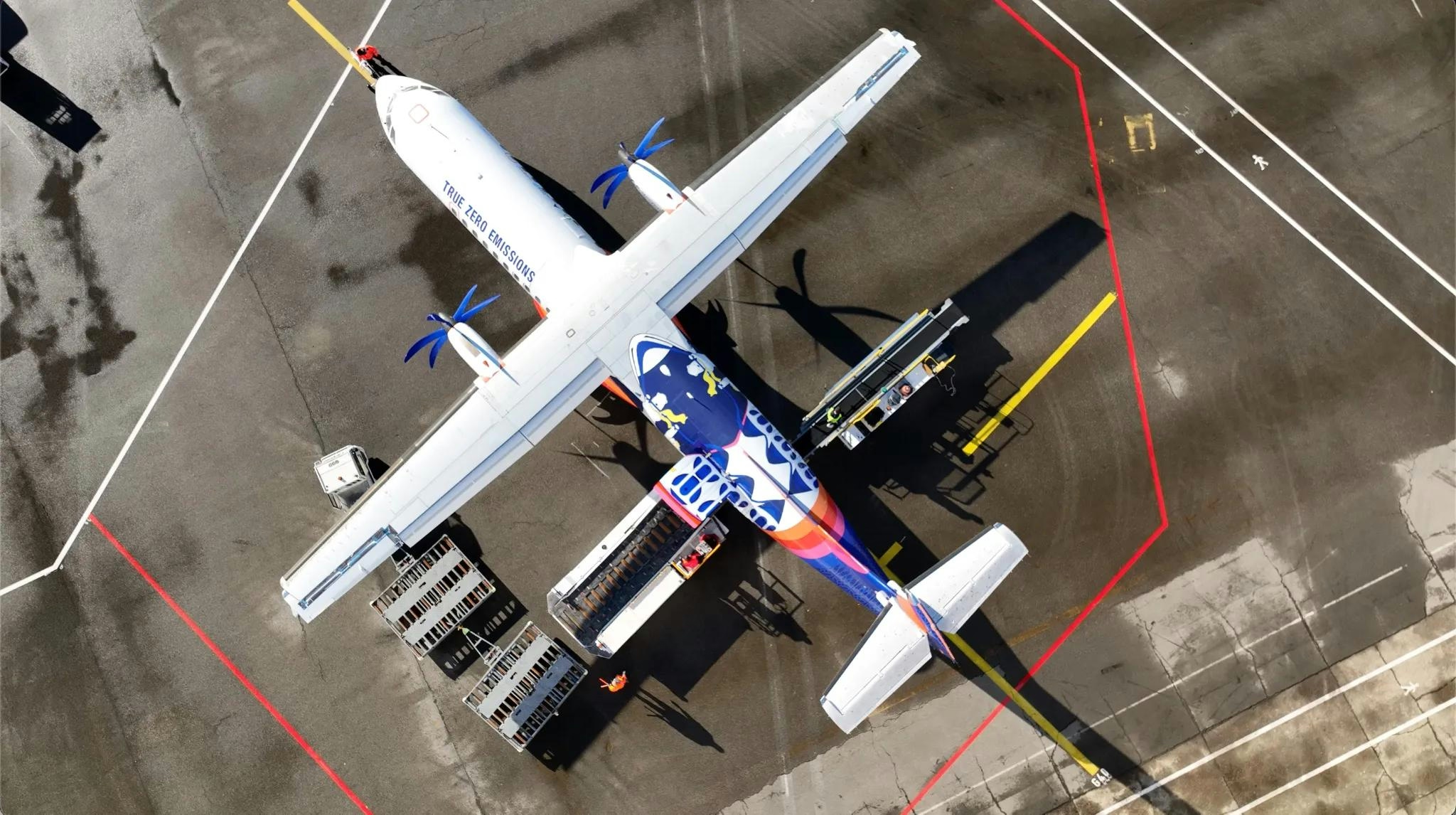
Pivot Airlines to Acquire First DHC-8-Q300 Aircraft

Global Aviation Market Projected to Reach $524 Billion by 2030

Boeing Subsidiary Unveils Pilotless Air Taxi
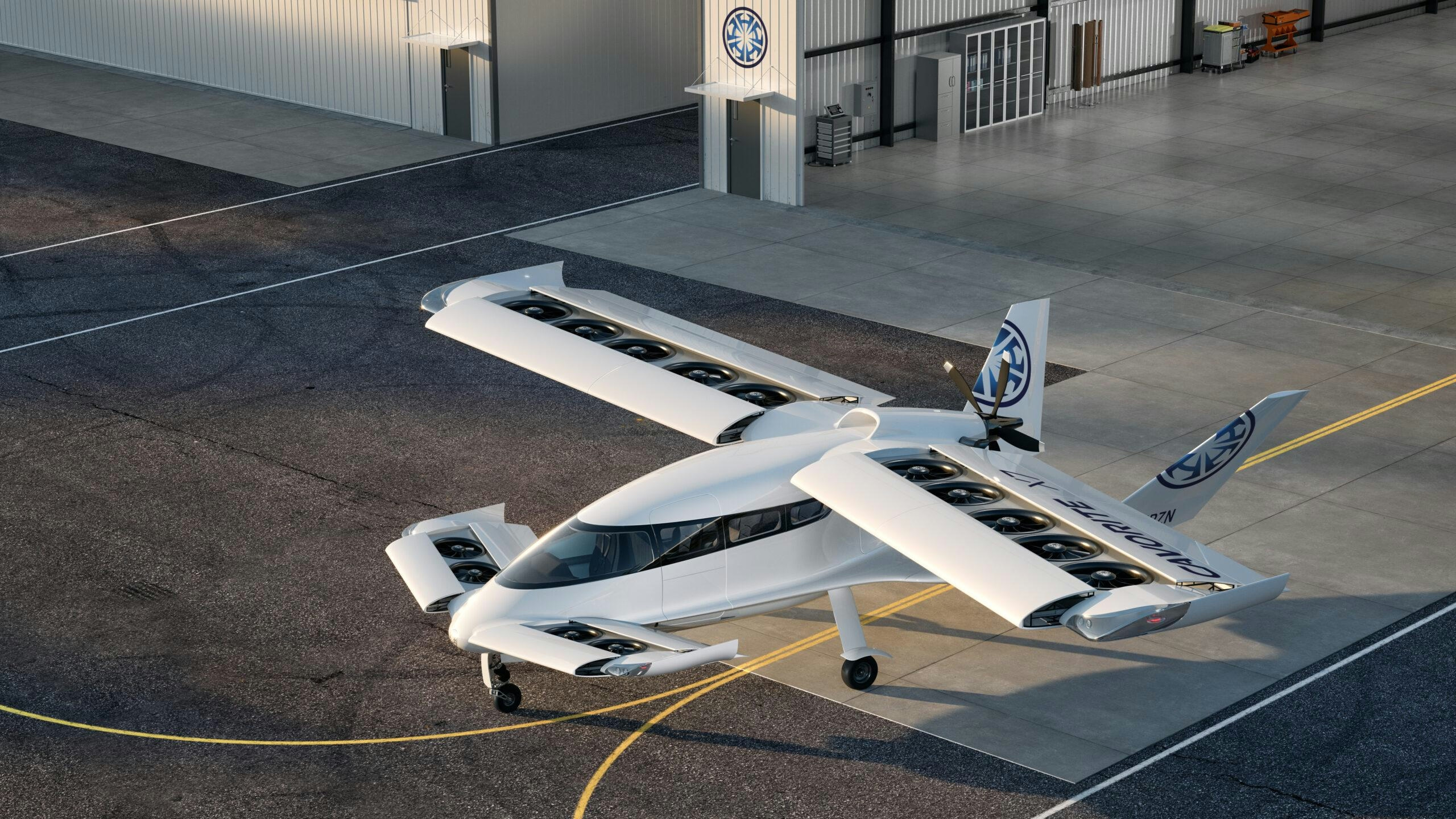
Horizon Progresses Cavorite X7 Toward IFR-Certified Flight

Comparing the Costs of the Boeing 747 and 787

UAE to Begin Drone Deliveries for Noon Minutes Orders
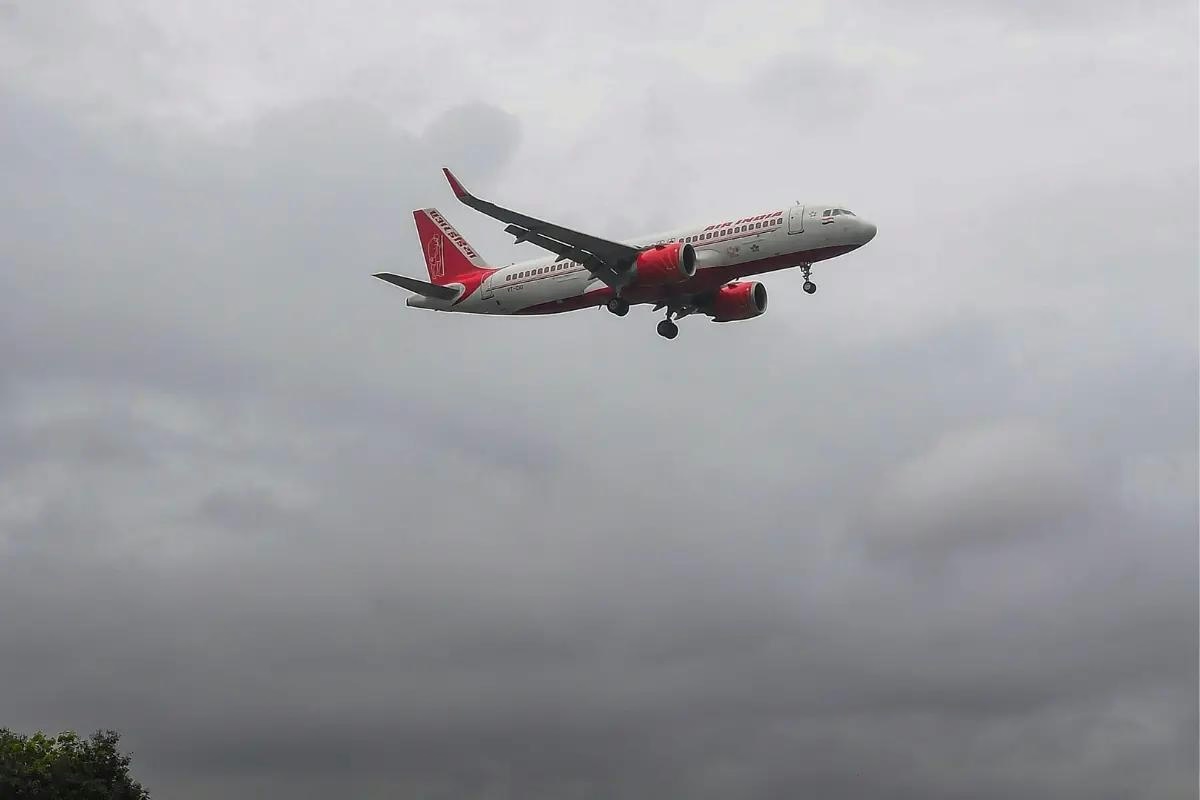
Air India CEO Predicts Visible Changes in 2026
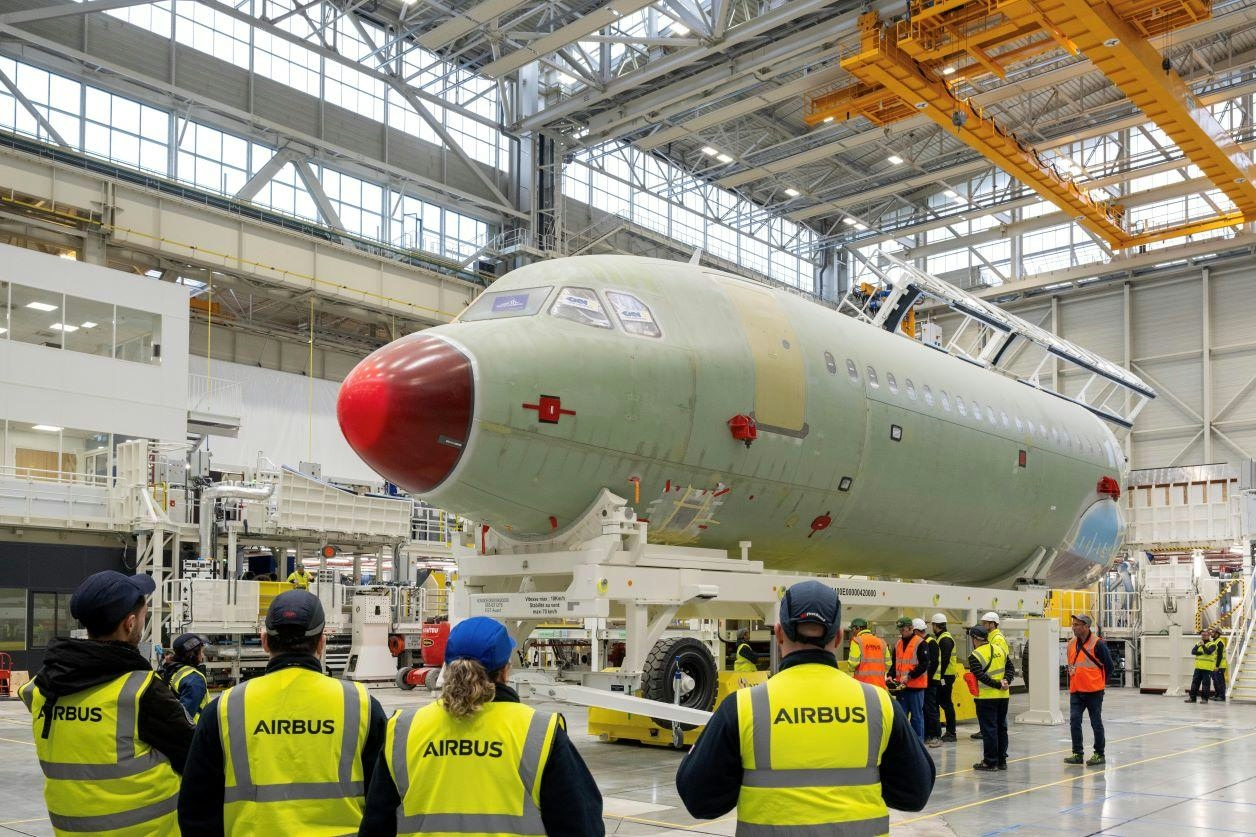
Airbus Project Strengthens Software Investment in Portugal
